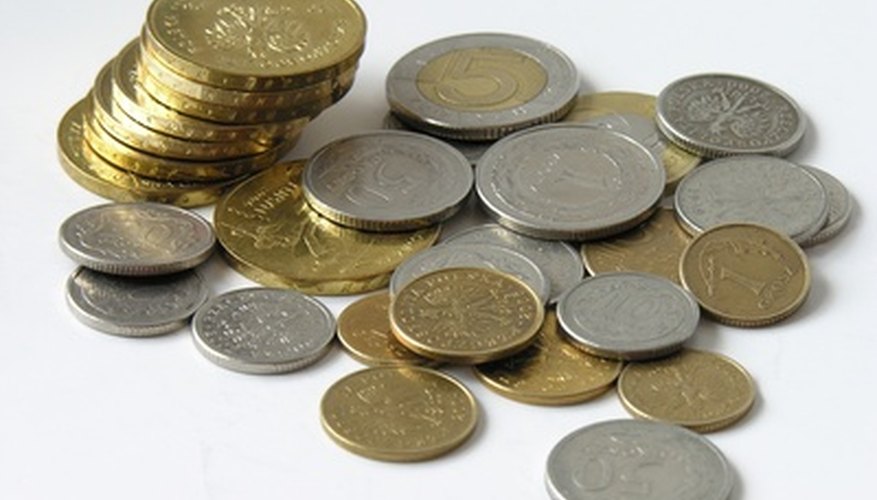Cleaning Coins

And, the beauty of cleaning a coin this way is that it really isn’t even considered “cleaning” at all, by most standards. That’s because a coin is usually only considered “cleaned” if it shows hairlines or other signs of damage consistent with an abrasive cleaning, such as would be caused by the methods explained earlier in this post.
How To Clean and Preserve All Kinds of Coins, Tokens and Medals
This section contains information on what to do and what not to do with coin finds from recovery to collection.
The information presented in this section is primarily for the inland coin hunter, however, those detectorists who search for jewelry and relics, and everybody else who collect the coins and artifacts, can greatly benefit from reading these chapters as well.
In the chapters below you can find some useful tips and information related to cleaning and preservation of coins, tokens, medals or relics. Please feel free to submit your own practical tips and methods that could help others!
To determine whether your coin is a key-date piece, i.e. highly valuable, or not, you can visit my Numismatic Corner - a guide to the US and other coins, where you will find US coins' key-dates, coin images, numismatic information and specifics.
TABLE OF CONTENTS:
How to clean coins using electrolysis, very easy to do. Salt, water, a old mobile charger 1.2A and a pair of cocrodrile pinces. We clean a 1964 peseta alloy and a 1870 10 gramos copper spanish coin. Remove all the rust. RATE - COMMENT - SUBSCRIBEWebsite: https://www.patreon.com/syntheticprogrammingFacebook:https://www.facebook.co. Coin cleaning is the process of removing undesirable substances from a coin's surface in order to make it more attractive to potential buyers. The subject is controversial as no consensus exists among the numismatic community whether cleaning is necessary. Those that argue in favor of cleaning are also in dispute on which methods work best. This is an electric ultrasonic device that is supposed to clean your coins and jewelry (or whatever you want) by using warm tap water and ultrasonic waves. However, if you’re going to use this device, I would recommend using a copper cleaning solution instead of warm tap water for better results.
- 1. Individual Descriptions of Coin Metals, Alloys and Their Natural Changes:
- Platinum, Gold, Silver, Nickel and Copper
- 2. Cleaning Your Coins:
- Mechanical Coin Cleaning:
- Ultrasonic Removal of Dirt and Deposits (mechanical/chemical)
- Chemical Coin Cleaning:
- Immersion Bath:
- Electro-Chemical and Electolytic Coin Cleaning:
- 1) Electro-Chemical Reduction - Galvanic Cleaning
- 2) Electrolytic Reduction - Electrolysis
- 3) Soaking After Galvanic or Electrolytic Cleaning
- 3. Brightening Your Coins:
- 4. Tarnishing Your Coins:
- Tarnishing Copper Coins:
- Artificial Patination of Copper Coins (9 Desirable Color Tones)
- 5. Straightening Bent Silver Coins
- Unbend A Badly Crumpled Coin - Tutorial
- 6. Restoring Worn Impression to Visibility
- 7. Preservation and Conservation of Coins:
- Safekeeping Coins:
- 1) Mounting Coins on Trays, Displays
- 2) Plastic Bags
- 3) Coin Holders
- 4) Coin Albums
- Useful Tips for Preservation of Coins:
- 1) Protection Against Sun Rays
- 2) Separate Storage of Various Coin Metals
- 3) Lacquering Coins
- 4) Protection by Oils
Removing Rust from Iron Artifacts with Electrolysis - The most detailed and illustrated 150-picture Tutorial on the web - Part I
Removing Hard Encrustations from Coins with Electrolysis - The most detailed and illustrated 50-picture Tutorial on the web - Part II
Number of pages: 1 2 3 4 5 6 7 8 9 10 11 12 13 14 15 16 17 18 19 20 21 22 23 24 25 26 Next >

Cleaning Coins Experiment
Cleaning Coins Directory page Useful Articles page Secrets for Beginners MetalDetectingWorld.com Home